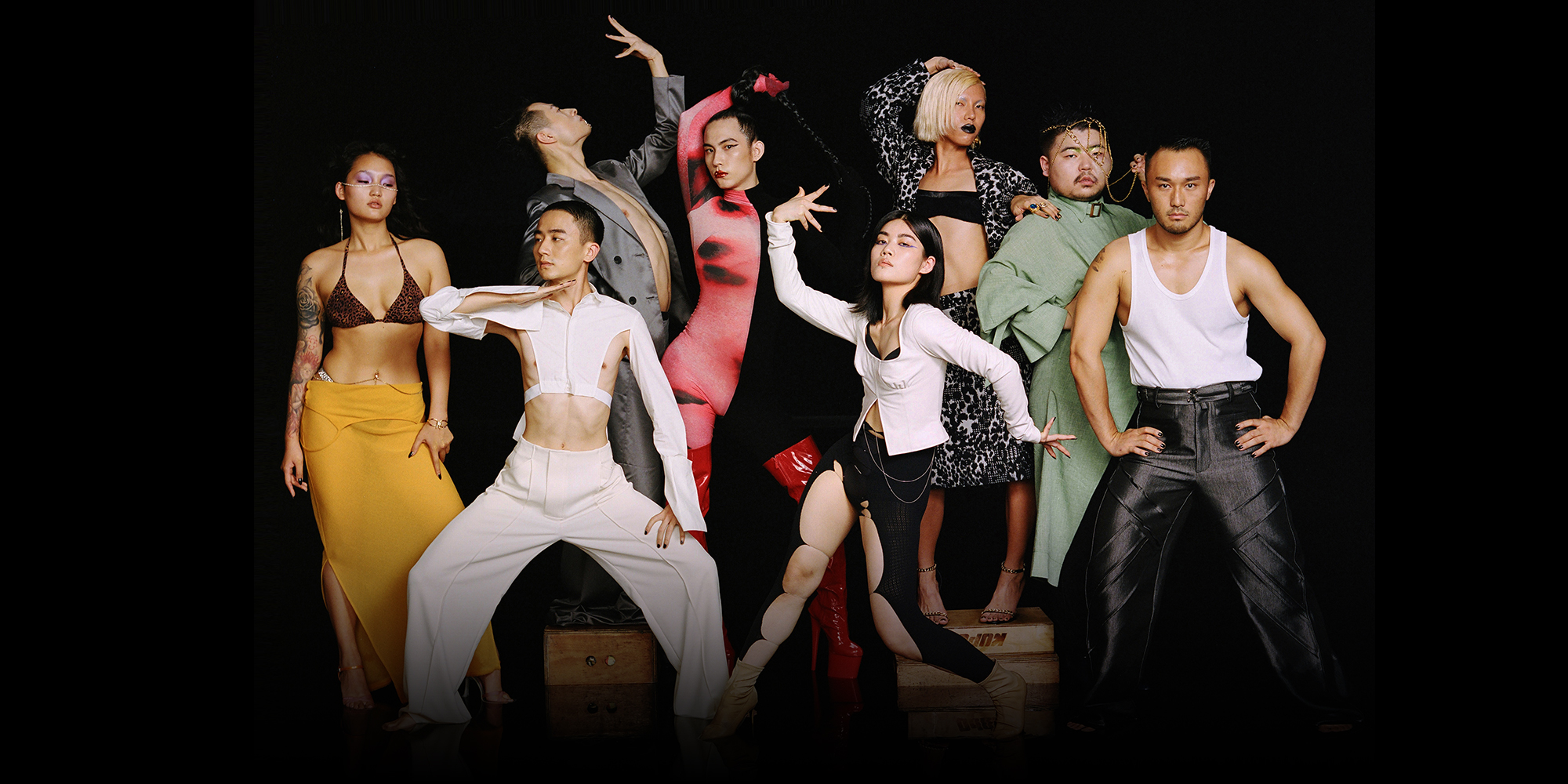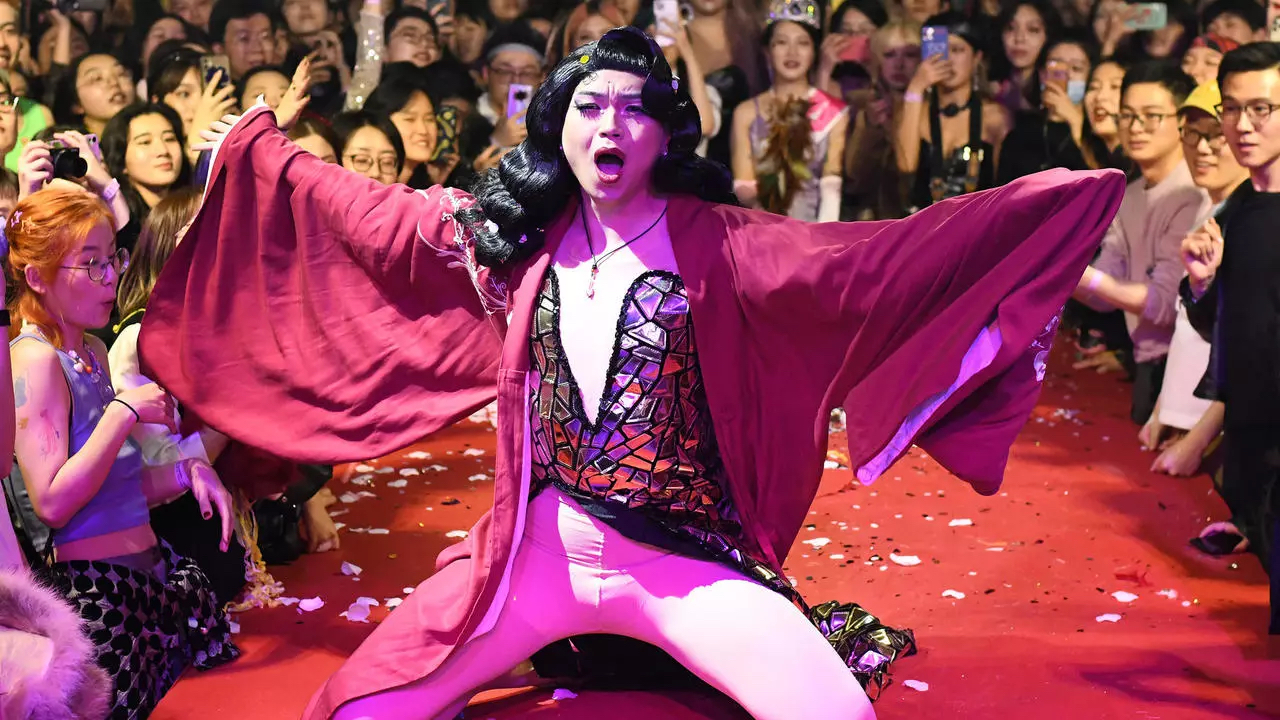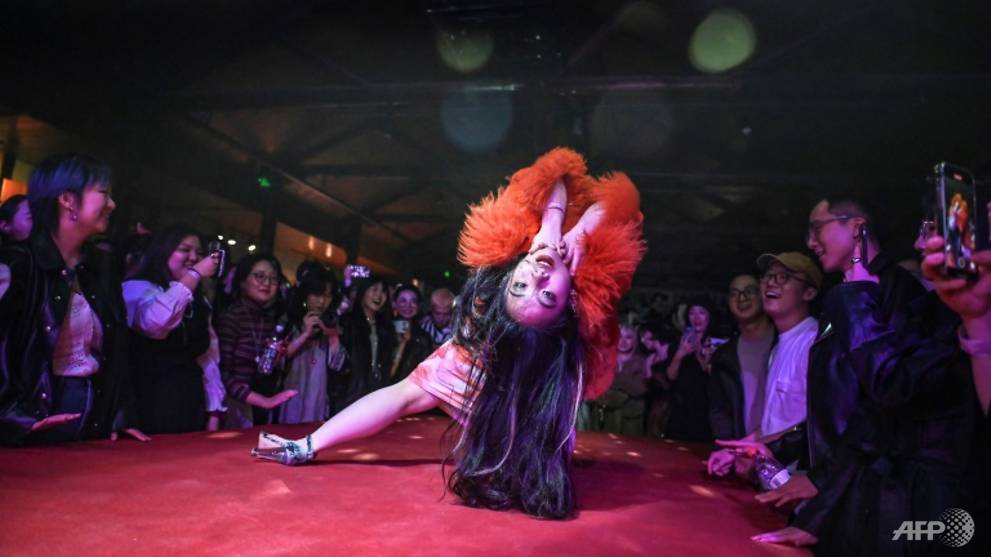China is slowly experiencing a rise in LGBTQ+ culture, especially within the underground dance scene.

Homosexuality was declassified as a mental illness in China in just 2001. Since then, there has been a stronger sense of vitality amongst LGBTQ+ groups.
Voguing pays tribute to gender minorities and self expression. The new style is based on the dance phenomenon which was popularised in New York during the 1960s-1980s. Hundreds of young LGBTQ+ Chinese travel far and wide to attend events, packing themselves into cramped venues for lively shows.
Beijing Voguing Ball

And recently the first large-scale voguing ball was held in Beijing. With categories including “Butch Queen Realness”, “Drag Queen Lip Sync” and “Voguing Open To All”, performers competed for the judges attention to win a perfect 10 score.
Organiser Li Yifan, nicknamed “Bazi”, teaches regular voguing classes in Beijing, stating that,
“It’s a playground for marginalised groups.”
Source: Macaubusiness.org

The Evolution of Voguing
Voguing is a liberating movement which gained mainstream popularity in the 1990s. This was in part because of Madonna’s embrace of the scene. Since then, queer self-expression has exploded worldwide.
The dance style originally beganin the queer ballrooms of 1980s Harlem. The Black and Latino communities pioneered the cultural shift. Over the years, drag competitions gained increasing popularity, popping up all over the city which never sleeps. Over time, the dance style has evolved from a more simplistic form to sharp expression. This includes static poses which transition from one to the next. Nowadays, this has developed to a new and more fluid dance form which includes catwalk spins and dips and controlled drops to the ground.

Voguing Renaissance
Modonna’s 1990’s hit “Vogue” spotlighted LGBTQ+ culture. Over the years which have followed, the revival movement has travelled to China recently after making inroads in Japan, Korea, Taiwan and Hong Kong. A subculture within a subculture, voguing is now on the road towards mainstream in China after emerging out of Shanghai.
Queer non-binary performer Huahua told Macau Business,
“Voguing has really blossomed here in the past two years.
“Right now the scene is very young, but it’s also very enthusiastic and passionate. It’s like cuttings being planted everywhere that are now taking root.”
Nearly 40 years after voguing’s inception, its popularity has seen many new interpretations of the movement take shape.
Currently, around the world schools are teaching the next generation how to vogue. Pop stars like FKA Twigs, Rihanna, Ariana Grande and Beyoncé have incorporated voguing into their performances.
The dance which was first established in Harlem is fast becoming a large intergenerational community which celebrates diversity.
Subscribe to FIB’s Weekly Alchemy Report for your weekly dose of music, fashion and pop culture news!






